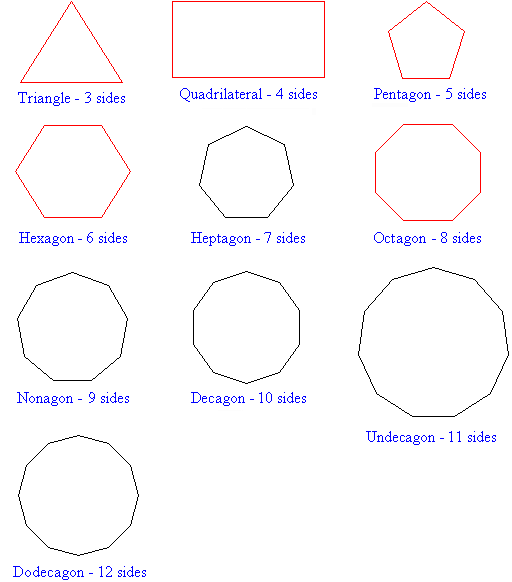Recently, one of my neighbors was asking me about this infomercial she had seen. A man claimed he could teach kids to multiply large numbers in their head. I managed to catch a short piece of it on TV and I, too was captivated by the thought of it. Wouldn't it be nice if it were true? I would love it if my students could escape the drudgery of long multiplication and really focus on the lesson at hand, because sometimes students get hung up. They encounter a problem that requires that they do a bit of long multiplication and they lose sight of the larger problem. I was intrigued. Naturally, I went searching for possible sources for this amazing method. What I found: Vedic Maths.
What is Vedic Maths?
According to
VedicMaths.org:
"Vedic Mathematics is the name given to the ancient system of Indian Mathematics which was rediscovered from the Vedas between 1911 and 1918 by Sri Bharati Krsna Tirthaji (1884-1960). According to his research all of mathematics is based on
sixteen Sutras, or word-formulae. For example, 'Vertically and Crosswise` is one of these Sutras. These formulae describe the way the mind naturally works and are therefore a great help in directing the student to the appropriate method of solution."
I looked around the site and I found that these methods were really neat and REALLY fast!
Let’s start with multiplying single digits…
A relatively simple example is 6 x 7. Set up traditionally, but also write in each difference from 10
6 4
X 8 2
Working from left to right, choose either cross difference…in the example, you could choose 6-2 or 8-4, either way, the difference is 4. This is your 10’s place. Now, multiply the 2 and the 4 to get 8. This is your one’s place, the answer is 48.
For multiplying double digit numbers, it’s very much the same, except, you work out of 100.
Let’s work with 81 and 92.
89 11
X 92 8
Choose either cross difference, 89-8 or 92-11. In either case, the difference is 81. These are the first digits of your answer. Now multiply the 8 and the 11 to get 88 and these are the last 2 numbers. The answer is 8188.
Neither of these examples had “carries” where the multiplied digits were greater than 1 digit for the singles and 2 digits for the doubles. If they had, it would be very similar to what you do now, you would carry the extra digit over.
Well…that was my explanation of how that guy got those kids to be multiplication wizards in minutes. Try it yourself at home, make up a few problems and you, too will be a human calculator!




